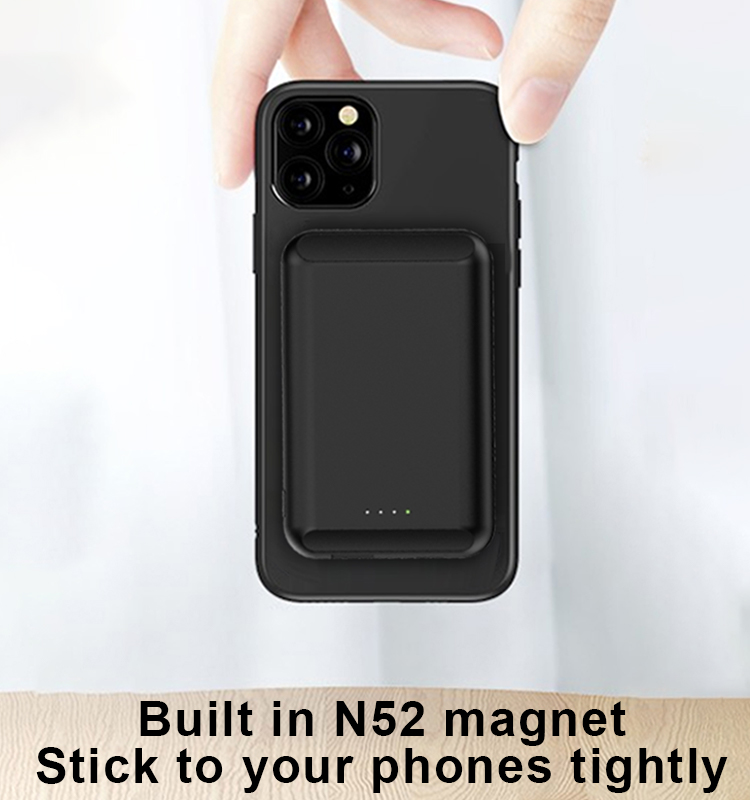
Smartphones and tablets are great for travelers, right?
Who would have thought a few short years ago that we’d be able to check emails, find our way home, watch favorite TV shows, and play an endless selection of mindless games, no matter where we are in the world, all on a device small enough to fit in a pocket?
Unfortunately, while the technology that allows us to do all these things is improving at an incredible pace, the batteries that power it haven’t changed much in the last decade.
The demands of high-speed data, large colorful screens, and customers who want thin, light devices, mean you’ll invariably be keeping a nervous eye on the battery icon by the end of the day.
Staying within easy reach of a power socket rather defeats the purpose of traveling, but fortunately there is a way of keeping things charged up for a day or two while still being able to explore beyond the confines of your hotel room.
Portable power packs (also known as external batteries/chargers) come in all shapes and sizes, but they do essentially the same thing: allow you to charge a USB-powered phone, tablet, or other device one or more times.
While you can also get versions that will charge laptops, they tend to be large, heavy, and expensive–the exact opposite of what most travelers are looking for.
With so many different types, it’s not always obvious which features matter. Here’s a straightforward guide to what you need to look for when buying a portable power pack.
Capacity Matters
The most important question you need to ask is: what are you hoping to charge, and how many times? A tablet requires more power than a smartphone, and charging multiple devices (or one device several times) needs a higher-capacity battery.
An easy way to work out your basic needs is to look up the capacity of the battery that’s already in your device. This is measured in milliamp hours (mAh) -- the iPhone 8, for instance, has a 1821mAh battery, while Android smartphones like the Samsung Galaxy S8 are typically between 2000 and 3000mAh.
As long as your portable charger comfortably exceeds that number, you’ll get at least one full charge out of it. All except the smallest battery packs should offer this, with a good example being the Anker PowerCore 5000.
iPads and other tablets, however, are a different story. With the latest iPad Pro sporting a 10000mAh+ battery, you’ll need a much higher capacity pack for even one full charge. Something like the RAVPower 16750mAh External Battery Pack will do the trick.
Take a Look at Your Existing Charger
Just to make things a little more complicated, capacity isn’t the only thing to consider. Take a minute to look at the existing wall chargers for whichever devices you’re hoping to charge. While many small USB devices only expect to receive 0.5 amps, most phones and tablets need a lot more.
If the description of a portable power pack doesn’t specifically mention your device, compare its specs to those of your existing charger. An iPhone and most Android smartphones need at least one amp (five watts), for example, while an iPad and other tablets expect 2.4 amps (12 watts).
It’s important to get this right. If you've ever tried to charge a new iPad from an old phone charger, for instance, you’ll be well aware of what happens otherwise: very long charging times or, often, a refusal to charge at all.
Note that to fast-charge the latest devices, you may need a battery that can output up to 3.0amps (15 watts or more). Your gadget will still charge if the battery doesn't have that, but it won't do so as quickly. If you want to get more juice into your phone as fast as possible, spring for the high-output battery.
Size, Weight, Ports, and Plugs
There are few practical concerns to take into account as well. If you’re looking for a high-capacity battery pack to charge multiple devices at once, make sure that it has enough USB ports to do so.
You also need to double-check that each of those ports is rated for the device you’re plugging into it–sometimes only one of them is rated at 2.4amps or higher. There's often also a maximum power output across all USB ports, which means that charging will slow down for everything once you connect more than two or three devices.
In most cases the higher the total capacity is, the longer the battery pack itself will take to charge. That’s fine if you’re organised and plug it in overnight, but don’t expect to fully charge a 50,000mAh unit half an hour before you leave for the airport.
On that note, most portable chargers charge via USB rather than straight from a wall socket, so you’ll probably want to pick up a little USB wall adapter. You can buy one for a few dollars from any electronics store or look for something that will let you charge two USB devices from the wall at once.
Just like the battery pack, make sure that any USB wall adapter you plan to charge it with can output at least 2.1 amps. If not, you'll be waiting forever for a recharge.
Size and weight also increase with capacity, something to bear in mind if you’re traveling light or want to slip the power pack into a pocket when heading out for the day.
Finally, don’t forget that you’ll need to connect an appropriate cable to charge your device with. Some power packs come with these, but many expect you to buy it separately or use one you already own. Just don’t get a surprise when you open the packaging!

